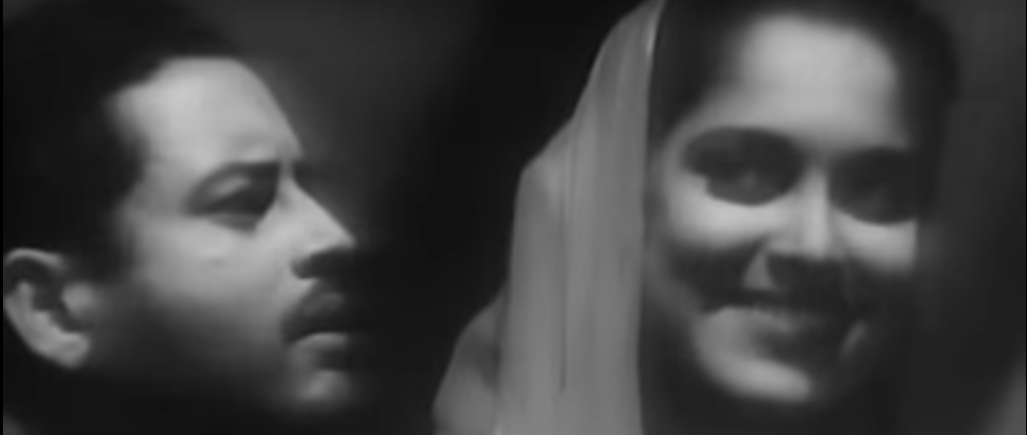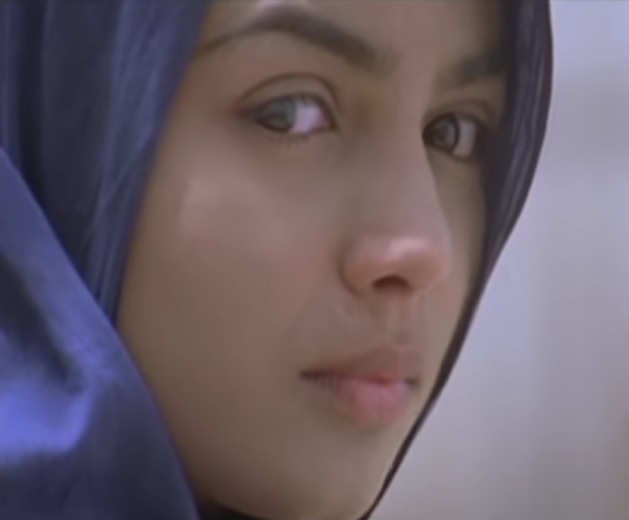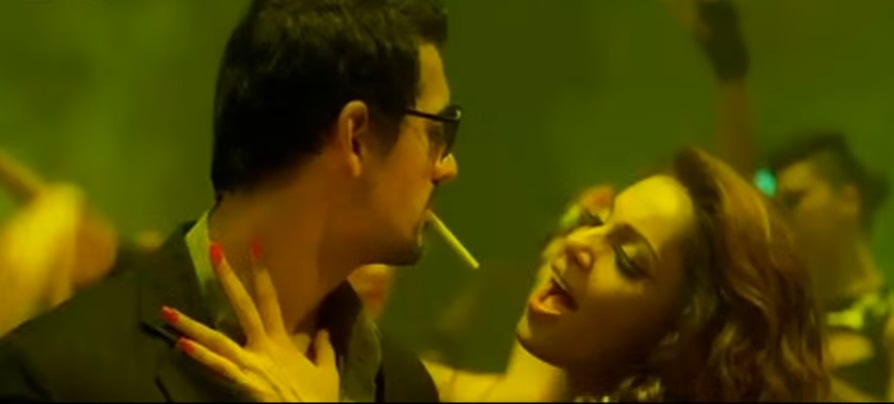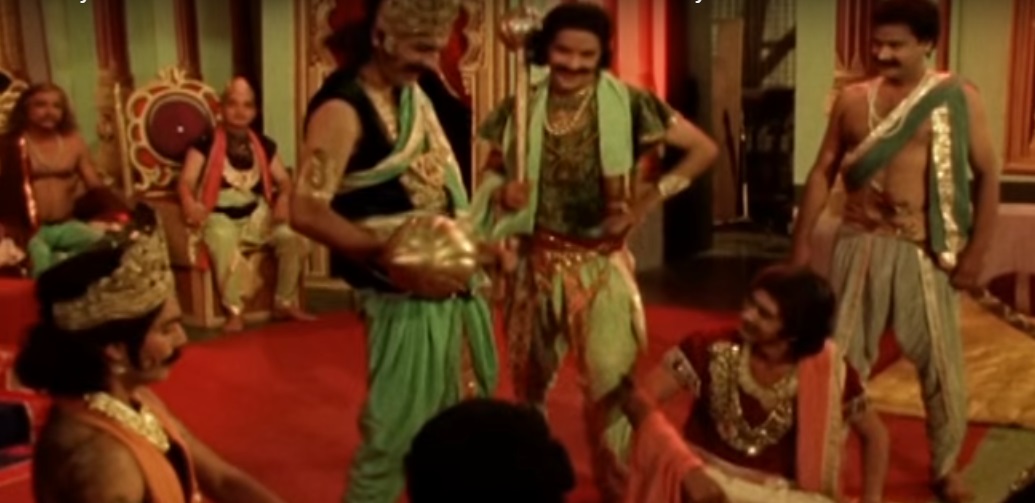Here is a list of movies that we think would have done much better if released later –

Pyaasa: The whole concept of existentialism was dug and presented in the soulful song of the movie “Yeh Duniya agar mil bhijaein to kya hai”. The words of Sahir Ludhianvi transcribes Guru Dutt’s tragic take on this materialistic world that repels soulful emotions. Pyaasa (The Thirsty Poet) runs after recognition and spiritual fulfillment. Waheeda Rehman plays a prostitute who admires his work and helps him in getting his poems published. The lead character played by Dutt is a poet who understands in depth emotions and can truly express the same through his words, but rejected by publishers, his family and the love of his life, he becomes a man of self pity. The narcissism in him takes a front seat. Although a box office hit, we say that the film came much ahead of its time because it was an experimental movie that explicitly exhibited the many aspects of human behavior and possibly the audience was not ready then to take in so much at once.

JhankarBeats: “Boss Kaun Tha, Malum Hai Kya” – Remixing of the old classics with the western beats is what the title stands for. The different sides of relationships among friends, family and lovers were given a different treatment and simultaneously the film is a fine tribute to the maestro of music – ‘R. D Burman’. The dialogues are witty and real with a cast unforgettable – Juhi Chawla, Rahul Bose, Sanjay Suri, Rinke Khanna, ShayanMunshi, and Rinke Khanna. By integrating the sub-plots of the movie that refers to a nagging mother in law, a frustrated wife, a condom ad and a lover who cannot confess, the filmmakers never tried hard to take away the third world problems and keeping it real – the three male protagonists are after winning the competition called ‘Jhankar Beats’, which is not in any way equivalent to ‘the Grammy’ but is important to them just because ‘it is’.

Ijaazat: Who could have ever thought of capturing the complexities of relations with such ease and beauty! Characters are not complaining and their silences are audible. Journey from the waiting room’s darkness to the past life and back to the waiting room was a graceful poetry in itself by “Gulzar Saab”. Maya’s (Anuradha Patel) character -that too in the era of 80’s was even unthinkable. She is the flowing poetry of the movie. She was the beautiful crazy spirit who balanced the abnormal society, even her death signified her radical lifestyle. When Sudha (Rekha) returns Maya’s belongings to her, she enticingly and emotionally asks her unforgettable moments back – ‘MeraKuchSaman ‘- the ultimate amalgamation of lyrics, music and singing for Gulzar, R D Buraman and Asha Bhonsle which can be never resurrected. The mature subject was delicately handled. This movie enhanced Rekha’s elegance and Naseeruddin’s individuality as a person.
Even the ending, when Sudha asks Mahinder for his permission to leave, gives it a perfect start(for a new life)’Ijazat’ to leave him forever (this time). We say, Ijaazat came before its time because Maya’s eccentricity, Mahinder’s interpersonal struggle and Sudha’s mature outlook towards life was too much to take in for the audience then.

Dor: It released way before ‘Angry Indian Goddesses’ and claimed feminism in its most simple form. The bond between Gul Panag and Ayesha Takia disregards the popular notion that only boys can be friends, rather friendship as a concept is far more superior to gender, and no matter what gender, one can get motivated to spend some quality time with the other person, irrespective of any reason. This movie based on the lives of two women is intricately woven around overcoming adversity. Released in 2006, the movie was critically acclaied but was unable to drive audiences to the theaters as subtle feminist themes were still unheard of.

‘My Brother Nilkhil’: It was the path breaking film when the mainstream cinema was all about love triangles and romance. Director Onir decided to experiment with the concept of homosexuality and AIDS. With no over sensationalization, the film delayers itself from different angles – how one thing or ailment can change people’s attitude towards you. The movie came as a ray of hope in the country where everything and anything unknown becomes a taboo. However, if the movie was released today, it might have gained a lot more viewership than it had upon its release in 2005.

Monsoon Wedding: Aptly showcasing the madness of the Indian weddings, this movie was way ahead of its time when it released in 2001. The movie has around 5 subplots running simultaneously- a bride still hung up on her lover, a groom who does not know what to expect out of marriage, budding romance of the wedding contractor (an amazing Vijay Raaz), a struggling father-son relationship, a crumbling husband-wife relationship, younger cousins flirting with each other and most importantly, child abuse. The subplot involving Shefali Shah and Rajat Kapoor was wonderfully handled and went on to show how child abuse is a common reality, we do not want to face. With the subtle movies like ‘Kapoor & Sons’ winning the box office, this movie would be a definite success if released today.
 Socha Na Tha: This is the most realistic a romantic comedy ever got in India. No virtuous or perfect characters, totally confused protagonists and essentially, no villains or big dispute keeping the lovers apart. It is only the confusion they themselves created that lands them in a mess and both the protagonists actually end up hurting a few people in their quest for love.This is perhaps the first movie in which lovers are not cocksure about whom they love, the importance their lives and family. The debut movie of Imtiaz Ali, this one might have struck a chord with the audience now rather than a decade before when characters were largely black and white.
Socha Na Tha: This is the most realistic a romantic comedy ever got in India. No virtuous or perfect characters, totally confused protagonists and essentially, no villains or big dispute keeping the lovers apart. It is only the confusion they themselves created that lands them in a mess and both the protagonists actually end up hurting a few people in their quest for love.This is perhaps the first movie in which lovers are not cocksure about whom they love, the importance their lives and family. The debut movie of Imtiaz Ali, this one might have struck a chord with the audience now rather than a decade before when characters were largely black and white.

Lamhe: The bravest movie by Yash Chopra ever! A young woman falling for an older man who was actually smitten by the girl’s mother. The topic itself is a taboo in India where woman taking charge of their own sexuality is unacceptable, the people with younger partners are frowned upon. Even ‘Dil Chahta Hai’, released a decade later, which had a subplot of a young man falling for an older woman, took the safe path wherein the old woman does not reciprocate the man’s love and conveniently dies before the situation needs to become social. Yash Chopra on the other hand makes the protagonists battle their social and moral issues, involves the friends and families in this hot mess of a relationship and gives us a movie which is perhaps still ahead of its time.

No Smoking: The Kafkaesque movie featuring John Abraham and Ayesha Takia might be the most abstract project by Anurag Kashyap. There is no time space continuum, the line between reality and fantasy is blur and there is a hell like place resembling the concentration camps. As per Kashyap’s own version, smoking in the movie is akin to freedom of thought. The wife (secretory in fantasy/ alternate reality) wants ‘K’- the protagonist to stop smoking and ropes in Baba Bengali to make him quit smoking. As per Wikipedia, “the film has an unusual storyline comprising with elements of surrealism, fantasy, dream, reality, horror and dark humour which left critics and the cinema-goers baffled, this was frowned upon by Indian audiences, as it was unconventional, pretentious and they had never seen anything like it.”

JaaneBhi Do Yaaro: A cult classic, this movie bombed at the box office when it released back in 1983. However, it has gained a tremendous fan following in the later years and is considered one of the best movies in Indian Cinema. A black comedy on Indian politics, media and corruption, this movie boasted of an extraordinary ensemble cast with unforgettable performances by Naseeruddin Shah, Ravi Baswani and Bhakti Bhave. How can anyone forget the hilarious Mahabharata scene towards the climax which had a Wodehouse like innocence to it? And maybe that’s what lifts the movie above the ordinary – the courage to laugh at ourselves. Re-released in 2012, it received an enthusiastic response from the fans.

Love Sex AurDhokha (LSD): Released in 2010, LSD is an experimental movie shot entirely on digicam and presented in the found footage style. There are 3 largely unrelated short stories on the themes of ‘Love’, ‘Sex’ and ‘Dhokha’ in the movie. The themes of the stories involve honor killings, voyeurism, modern day relationships, media ethics and moral values. The themes as well as presentation of the movie is extremely dark. The typical Indian cine-goer still sees the movies as a form of escape and might not be able to digest such a big dose of reality in a movie. An important film nonetheless, which will leave you thinking for days.
